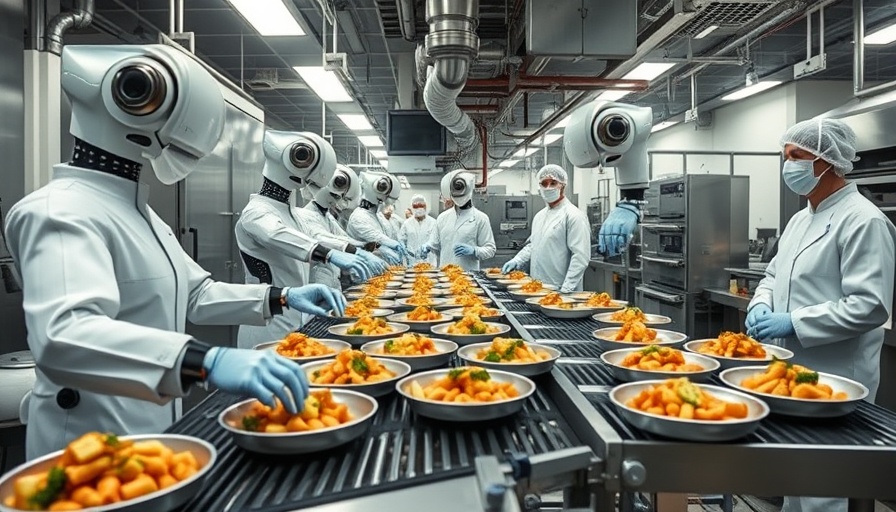
Chef Robotics: A Daring Shift from Conventional Clients
When Chef Robotics encountered existential challenges in its early years, founder Rajat Bhageria faced the sobering reality of an industry filled with failed ventures. Many food tech companies barely hung on, but Chef Robotics found resilience by diverging from its original customer base.
Sorting Out the Robotics Grasping Problem
At the core of Chef Robotics' journey is a significant technical hurdle known as the 'robotic grasping problem.' Bhageria, inspired by his tenure at UPenn’s GRASP Lab, dreamed of developing automation that could perform complicated culinary tasks, such as delicately handling various food items. He initially targeted fast-casual restaurants, which are plagued by a labor shortage and could benefit from robotics solutions.
Transforming Challenges into Opportunities
Initially, Chef Robotics secured multimillion-dollar contracts aimed at the fast-casual segment. However, as Bhageria and his team grappled with the complexity of teaching robots to manipulate diverse ingredients, it became evident they needed to pivot their focus. Facing rejection after rejection during fundraising made the choice to abandon these existing contracts even more daunting.
The Power of Saying No
Ultimately, the breakthrough came when Bhageria decided to turn away from the very customers they had worked so hard to land. Instead of forcing the technology to fit their original plan, he sought customers that matched their capabilities, allowing for a more flexible and sustainable approach to robotic culinary applications.
Looking to the Future of Food Tech
By shifting their focus, Chef Robotics has now transformed into one of the few thriving food tech companies, boasting significant investments and partnerships with brands like Amy’s Kitchen. The venture has proven that sometimes the best decision is the counterintuitive one – prioritizing innovation over immediate profits, even if it means saying no to potential revenue.
 Add Row
Add Row  Add
Add 




Write A Comment